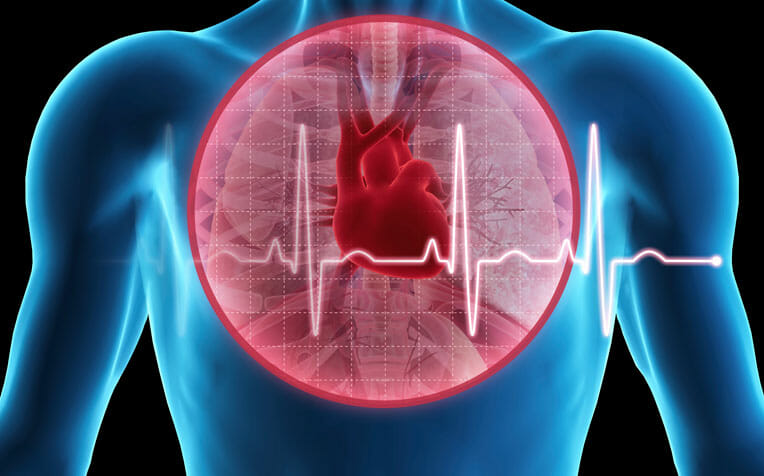In this article, we will aim to explore the procedures of Angioplasty and Stenting. So, let’s take a look at the below overview:
Angioplasty and Stenting:
Angioplasty:
Angioplasty is the procedure which widens the blocked coronary arteries. The procedure involves the insertion of a thin, flexible catheter with a deflated balloon at its tip into the affected artery. Subsequently, the balloon is inflated which compresses the plaque against the artery walls. This widens the vessel and improves the blood flow to the heart.
Stenting:
Stenting is performed in conjunction with angioplasty. Stenting is the insertion of a stent (a small, mesh-like tube made of metal or fabric) into the artery after angioplasty. The stent acts as a scaffold which provides support to the artery walls and prevents them from collapsing. Stents can be either bare-metal stents or drug-eluting stents.
Procedure:
Procedures of Angioplasty and stenting are performed in a specialised cardiac catheterization laboratory which is known as a Cath lab. It involves the following steps:
- The patient is given local anaesthesia to numb the area where the catheter is inserted.
- A small incision is made in the groyne or the wrist and the catheter is inserted through an artery.
- Real-time X-ray imaging guides the catheter to the affected coronary artery.
- When the catheter reaches the blockage, the balloon is inflated to open the artery.
- The process is repeated many times to ensure that the blood flow is properly restored.
- In case of a stent requirement, it is inserted into the artery and then positioned at the blockage site.
- The balloon is inflated so that the stent expands and locks it in its place.
- Ultimately, the balloon is deflated and removed which leaves the stent in place to support the artery.
Benefits:
Angioplasty and stenting have many benefits which include:
- Restoration of Blood Flow: The main goal is the restoration of blood flow to the heart which relieves symptoms of chest pain (angina) and improves the overall heart function.
- Less Invasive: Angioplasty and stenting are less invasive when compared to the traditional open- heart surgery. It involves smaller incisions and faster recovery.
- Lower Risk: Angioplasty and stenting pose lower risk than open-heart surgery. But still risks of bleeding, blood vessel damage, allergic reactions and restenosis exist.
- Quicker recovery: The patients can resume their routine activities within a few days of the surgery so it offers a quicker recovery.
It can be concluded that Angioplasty and Stenting are highly effective procedures and are becoming widely adopted options for treating coronary artery disease.
Amcare Hospital is the leading Heart Specialist in Chandigarh with years of excellence in treatment of heart conditions.





